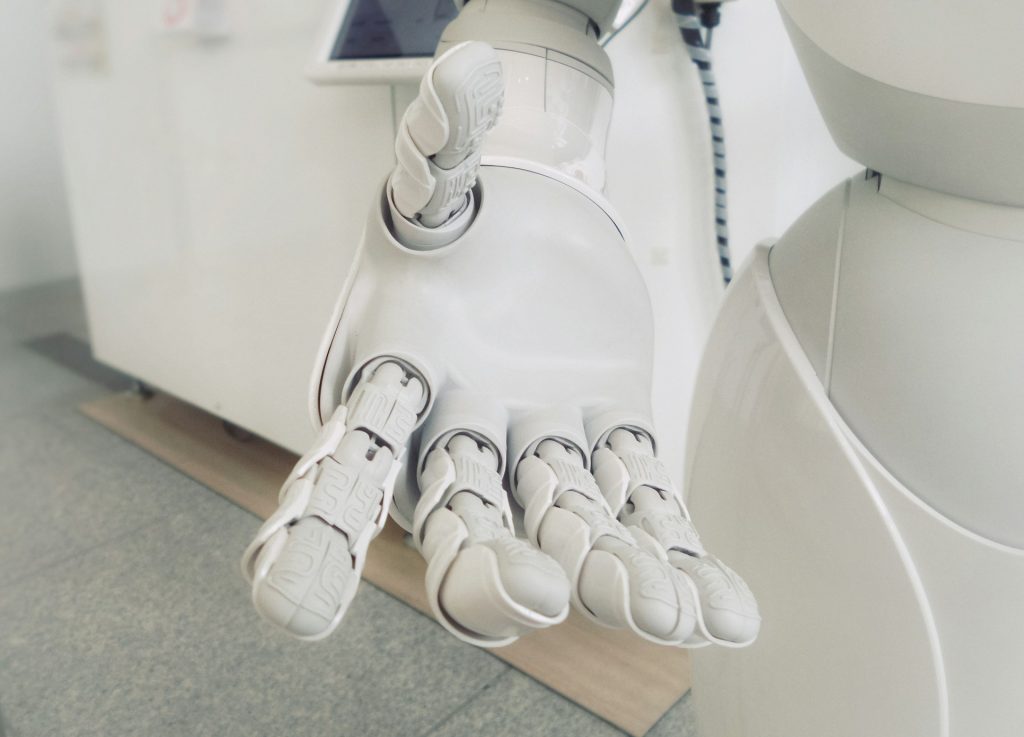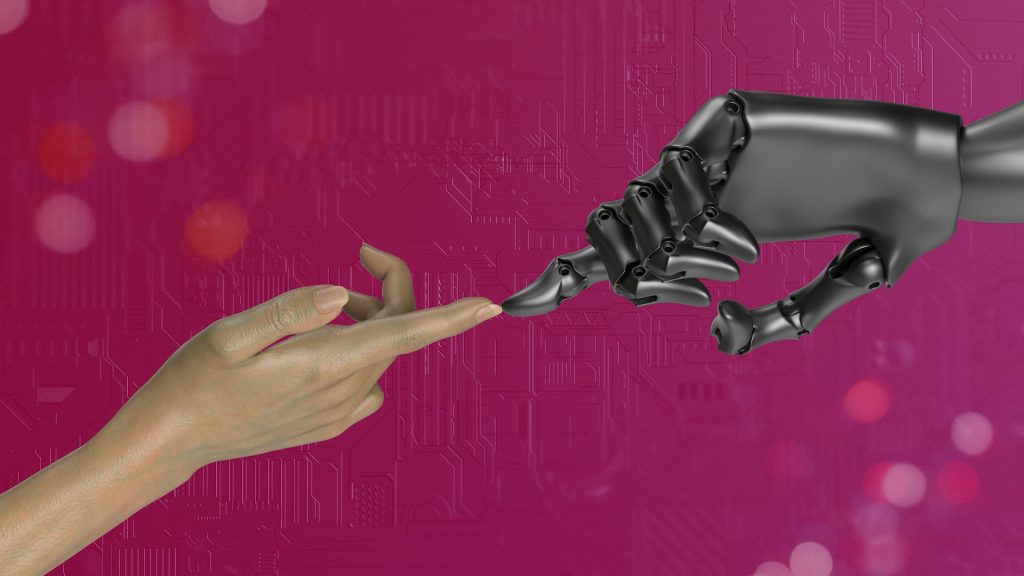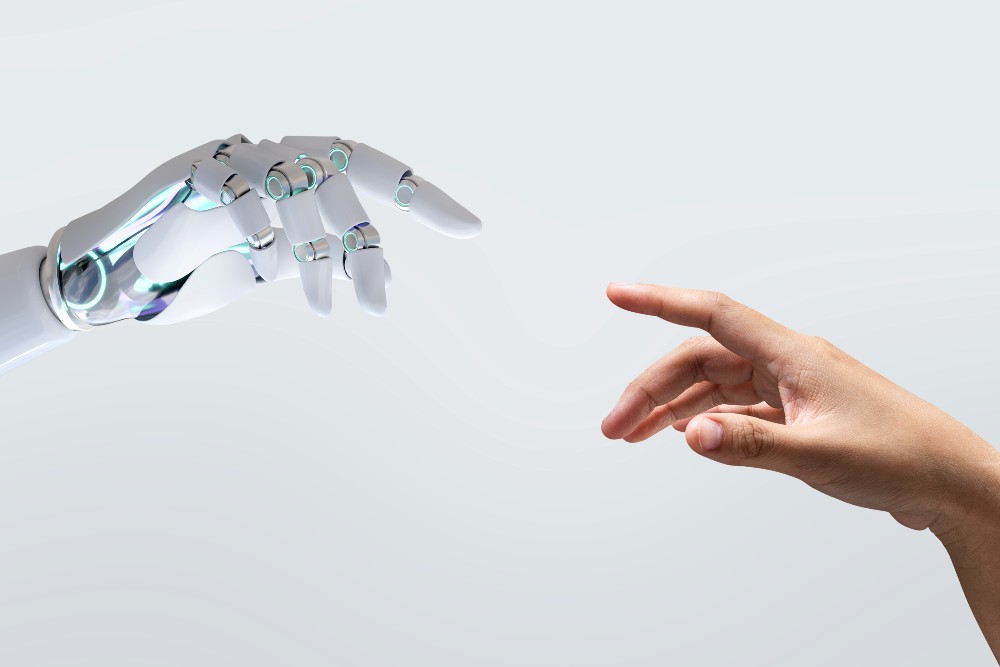Once you start taking longevity and time skipping seriously, you may consider cryonics or becoming a cyborg as a viable means to eternal life. This article compares these two options to find out which path makes better sense to follow.
While cryonics is a process concerned with preserving your biological body to keep it from decaying after death, becoming a cyborg is an endeavor to completely replace or integrate your biological body with inorganic technologies.
It may sound like they are counterparts, but these two paths actually share a very similar goal: To extend your life.
When standing at this intersection of cryonics vs. cyborg, a time skipper may need to decide to replace a part of their body with a bionic one so it never dies, or invest in freezing themselves after death for a possible reviving chance in the future.
We will discuss three elemental arguments to find out which path to follow.
1. The certainty argument
The principal concern with cryonics is that there is no absolute certainty. There is no solid indication when – or if at all – these hundreds of cryogenically frozen patients will ever be resuscitated.
While cryonicists put their hopes on a genuine belief in the future of science, becoming a cyborg is something that we are actually witnessing, and we can foresee its anticipated progress.

To date, science has already delivered a long list of cyborg organs like artificial limbs, neobladder (urinary bladder replacement), corpora cavernosa (penile implants), cochlear implants for deaf patients, and artificial pancreas.
But, however impressive the rapid technological advancement in cyborg organs may look, there is no certainty that biotechnology will be able to provide restorative or substitutive solutions for all critical human organs any time soon. And even if they could, at what cost?
2. The technological maturity argument
The first cryopreservation process (of sperm) was developed in the 1950s. Seventeen years later, James Bedford was the first human to be cryopreserved. Currently, the world has five active cryopreservation companies across the globe, with over 400 patients preserved and another 4000 cryonicists signed-up.
Although the infertility sector has managed to make strides in preserving, thawing, and transplanting tissues like eggs, sperm, stem cells, and skin cells, cryopreservation can hardly be recognized as a mature technology.
Further developments are needed, such as less toxic cryoprotectants to ensure successful whole-body vitrification, and techniques to overcome other revival obstacles such as thermal stress and damages due to lack of oxygen.
However, the research into whole-body resuscitation is so premature that it is considered by many in the scientific community as pseudoscience.
To date, it has only been possible to cryopreserve patients who are ‘legally’ dead. Thus, the biggest hurdle of the resuscitation process is to reverse the damage that first led to the patient’s death.

The grass is not much greener on the cyborgs’ side.
As mentioned, there are currently a number of artificial organ implants available, but the domain of the cyborg-products catalog is still too narrow. Despite the rapid research into bionic organs and 3D bioprinting, we must wait two or three more decades to see critical organs such as hearts, kidneys, lungs, brains, or eyes being made into ‘cyborgans’.
3. The immortality argument
Suppose humans could overcome the technological challenges of cryonics with regards to preservation and revival – Could cryonics make immortality a considerable possibility for humans today?
Theoretically, yes! The principle of cryonics assumes that medical research will finally answer the immortality question. In the far future, doctors would be able to reverse terminal illnesses and death, and by that time, they might consider opening the cryogenic boxes and bringing all the cryopreserved patients back to a life without the fear of death.

Meanwhile, becoming a cyborg is an even more plausible path to eternity, but what kind of eternity?
While cryonics holds the promise of a future society consisting of immortal, yet real, flesh-and-blood human beings, immortal cyborgs on the other hand would appear quite peculiar, having a synthetic pump for a heart, a digital camera for an eye, and a cloud computer for a brain.
We may even be surprised to find out that these two futuristic worlds are not that different. Cyborg technology might actually be the only chance cryopreserved bodies have of coming back to life.













